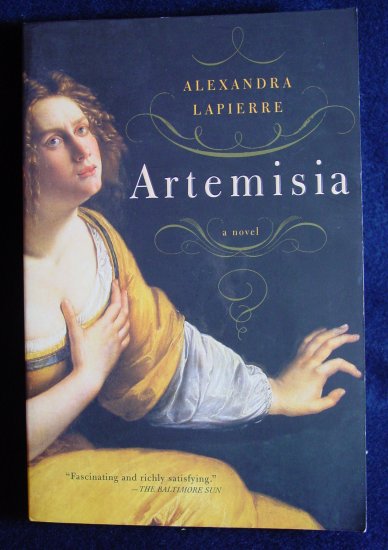

Throughout her life, Artemisia dreaded, but could not avoid comparison with, the works of her father. At 23, Artemisia became the first female inducted into the Accademia del Disegno, a prestigious association that brought together the elite among painters, sculptors, architects, and scholars.


She painted her most famous work, Judith Slaying Holofernes, and earned the patronage of Grand Duke Cosimo II de’Medici. The friendships and professional ties Artemisia established with members of the Florentine court, such as Buonarrotti the Younger (the great-nephew of Michelangelo) and Galileo, lasted a lifetime. Within hours after Tassi was sentenced, Artemisia married a Florentine painter and went to Florence, where she blossomed under her husband’s loving care. The rape trial which followed became the scandal of the day. Furious, Artemisia planned to denounce him, but Tassi offered to marry her, a promise he did not keep. Ultimately, Artemisia was no longer content to live in her father’s shadow, wanting to establish her own artistic identity, and marry and have children.Īrtemisia was raped at 17 by Agostino Tassi, another painter and friend of her father. Her father cloistered Artemisia from the outside world, supposedly to safeguard her virtue. Passionate about his pursuit of artistic perfection, Orazio viewed Artemisia’s talent as an extension of his own.Ī willing disciple, Artemisia worked with Orazio peacefully in his studio until she became a young woman. I have very minimal knowledge about any of these topics, but the author immediately drew me in to share her fascination with this artist.īorn at a time when artists were the celebrities of their day, Artemisia was the daughter of Orazio Gentileschi, a respected painter who noticed her talent at an early age and dedicated himself to teaching her. This extraordinary novel is a must read for anyone remotely interested in Baroque Italy, art, or painter Artemisia Gentileschi. Written by Alexandra Lapierre Liz Heron trans.


 0 kommentar(er)
0 kommentar(er)
